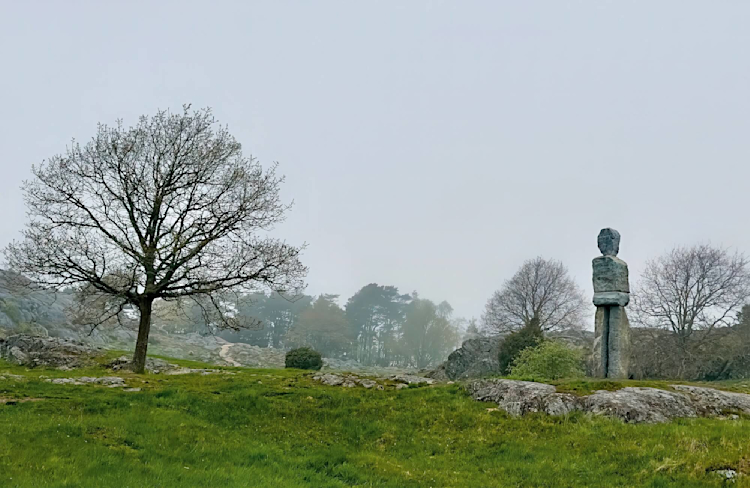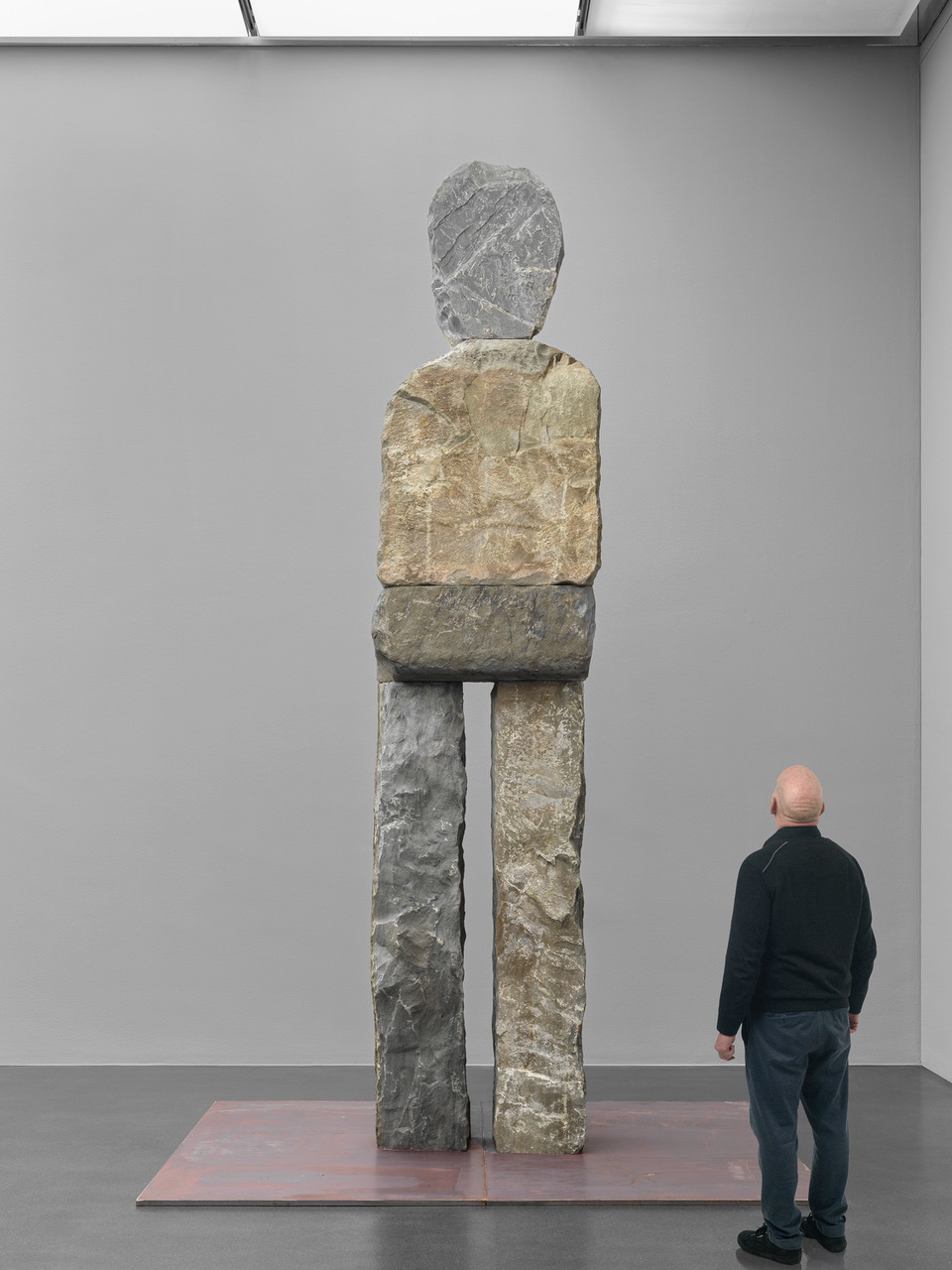
Ugo Rondinone
the innocent
Art Basel Paris 2025 – Public Program
Parvis de l’Institut de France, Art Basel Paris 2025
October 17, 2025 – October 28, 2025
Learn more at Art Basel Paris 2025 ↗Galerie Eva Presenhuber, Gladstone Gallery, and Mennour are pleased to present Ugo Rondinone’s work the innocent (2024) in the forecourt of the Institut de France as part of the Public Program of Art Basel Paris 2025.
There are few mediums that prolific Ugo Rondinone has not explored to create extraordinary works of art. The monumental sculpture the innocent, commanding the forecourt of the Institut de France, is a particularly stirring example of his integrated approach. The curatorial dimension of his practice has made Rondinone a leading post-minimalist, often investing the sites of his installations with heightened significance.
Much of this impact stems from the polysemic nature of his works, which gives them a chameleon-like ability to endow each new site with fresh, recharged meaning. The Institut de France is the nerve centre of official French culture. Within its walls are gathered the nation’s five great learned societies. Foremost among them is the Académie française, whose immortels have long been charged with codifying the language. It also shelters the Bibliothèque Mazarine, the oldest public library in the country. The building itself, designed by Louis Le Vau, chief architect to Louis XIV, opened in 1688 as the Collège des Quatre-Nations. Established according to a provision in Cardinal Mazarin’s will, the college was intended to educate—and assimilate—elite sons from four regions recently annexed by the Bourbons: Artois, Alsace, Roussillon, and Pignerol. Mazarin, Richelieu’s successor as principal minister of state, was a key strategist of absolutism.

Ugo Rondinone,the innocent, 2024, Bluestone, stainless steel, concrete, 413 x 93 x 70 cm / 162 5/8 x 36 5/8 x 27 1/2 in. Courtesy the artist, Galerie Eva Presenhuber, Gladstone Gallery, and Mennour © Ugo Rondinone
the innocent belongs to a series of monumental stone colossi first shown in 2013 at Rockefeller Plaza in New York. In that installation, nine giant figures, collectively titled Human Nature, loomed over passers-by, echoing the herculean stone-clad architecture that dominates the plaza. This series is related to two others based on stacked stones that followed: the brightly painted boulders called ‘mountains’—the most famous being Seven Magic Mountains (2016), installed on the edge of the Mojave Desert near Las Vegas—and the more recent ‘nuns + monks,’ cast in bronze and painted in contrasting colours. Together these three bodies of work trace a shift of idiom from figuration to abstraction and back again, each one mirroring the verticality of the viewer’s own standing body. Of the three, the ‘stone figures’ are the most unambiguously anthropomorphic, left unpainted to reveal the colours and veining of natural rock.
Strikingly rustic against the backdrop of the baroque façade, the innocent finds its earliest formal antecedents in the Neolithic, the Stone Age. It occupies the very site where one might expect to find an elegant bronze monarch on horseback, the likeness of a minister like Mazarin, or the effigy of a poet or intellectual who transformed the nation. Indeed, until its removal in 1941 under the Vichy regime, a bronze Voltaire sat enthroned here for half a century. Instead, the innocent suggests the infinity of anonymous lives sacrificed to centralized power and territorial ambition: those who lost their languages, cultures, and lands to conquest, or were bartered away in the treaties of distant potentates. Like the stones of a primordial cairn, innocents continue to pile up in our own time as the ‘collateral damage’ of empire, security, or vengeance. Seen more broadly still, Rondinone may be reminding us of the multitudes who have suffered in the name of a civilization that has yet to be achieved.
—Marc Mayer